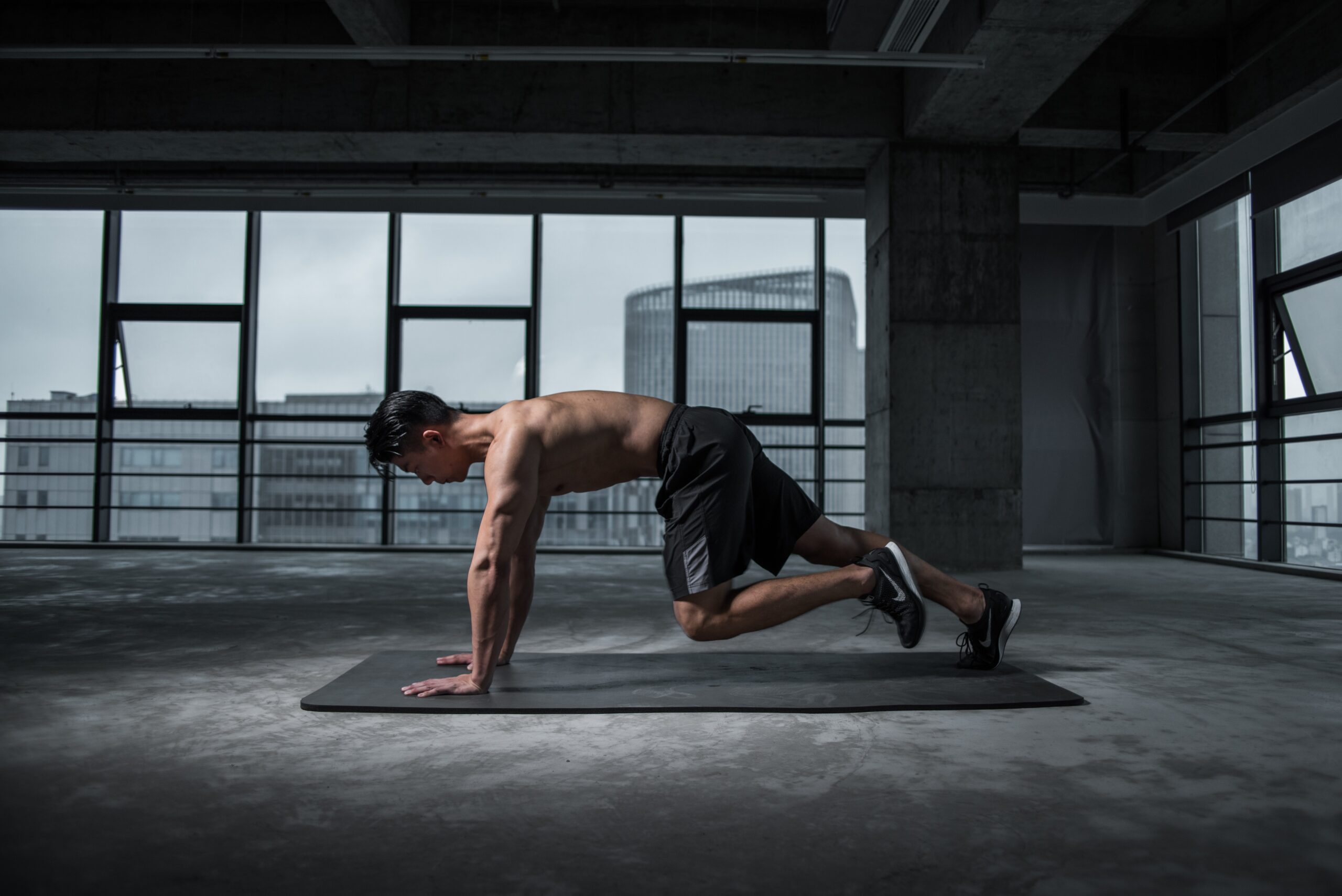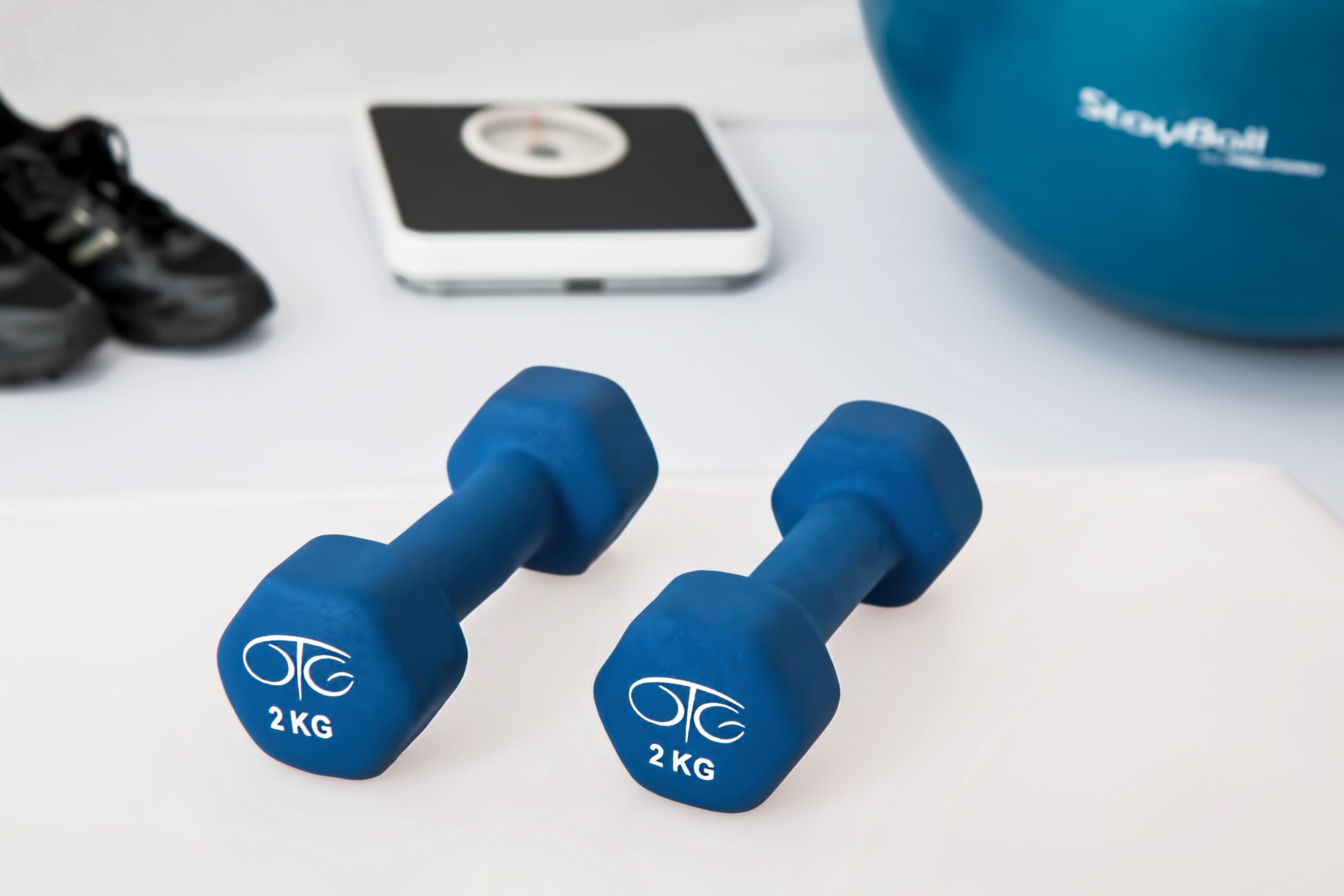The Challenges of Getting Physical Exercise in an Age of Physical Distance
Working in.

Rob Ferguson needed some exercise. A lot of it—and a bit of something else. So he climbed Mount Everest—or at least, the equivalent. By climbing 6,506 staircases in his London, England, apartment building, Ferguson made the best of a bad situation, building his quads and his 15 seconds of online fame in equal measure—as well as a whole bunch of money for British health-care workers.
Ferguson isn’t the only one trying to figure out the best way to keep the waistline down—while keeping the spirits up—during these “interesting” times. With gyms, fitness studios, and community centres potentially months away from reopening from lockdowns, chances are most of us will be working in whenever we want to work out for a while longer yet.
It’s funny—it has taken restrictions to highlight an essential truism about any workout routine: that the first and most important exercise takes place in the mind. Sure, getting to the gym is a lot easier when it’s just down the hall in the spare bedroom. But building up the discipline, the focus, the basic desire to get off the couch and “just do it” suddenly seems a lot more difficult when we are working, living, cooking, sleeping, and sweating all in the same place.

One option is to take it outside: jogging, riding a bike, hiking the trails, even walking around the block can help break the monotony of yet another set of crunches on the living room carpet. Others have followed Ferguson’s lead, looking at our infrastructure and lived environment as a new kind of gymnasium. A number of personal trainers and social media fitness gurus have offered imaginative, often amusing workout routines featuring common household items: pec flys with milk jug dumbbells; squats with a laundry basket barbell; a stair climber routine featuring, yes, an actual stairway; or even a homemade “treadmill” that uses a few drops of dish soap and a smooth-as-glass tile floor.
One thing we won’t be replacing any time soon is the interactive element. While long-distance runners may embrace loneliness, those of us who choose to burn calories in a spin class, a group yoga session, or even a crowded weightlifting gym understand that on some level, working out is a social activity. Using the group to boost our motivation, to strengthen our resolve, to finish our set, or to compete with others to work out faster, harder, further—this is a central attraction to online exercise subscriptions such as Peleton, NordicTrack, and others. But the luxury of inviting others to share our experiences directly is precisely what we are asked to leave behind.
Perhaps it is through such small changes that we can best measure how completely transformed our society has become. The days of casually heading off to the workout on our way home from the office, chatting with our fellow yogis at the studio, or high-fiving the guys at the pickup game—it all seems a very long time ago now. Going forward, it will take a lot more effort to build muscle. And staying mentally strong—well, that will likely take even more.
________
Never miss a story. Sign up for NUVO’s weekly newsletter here.




